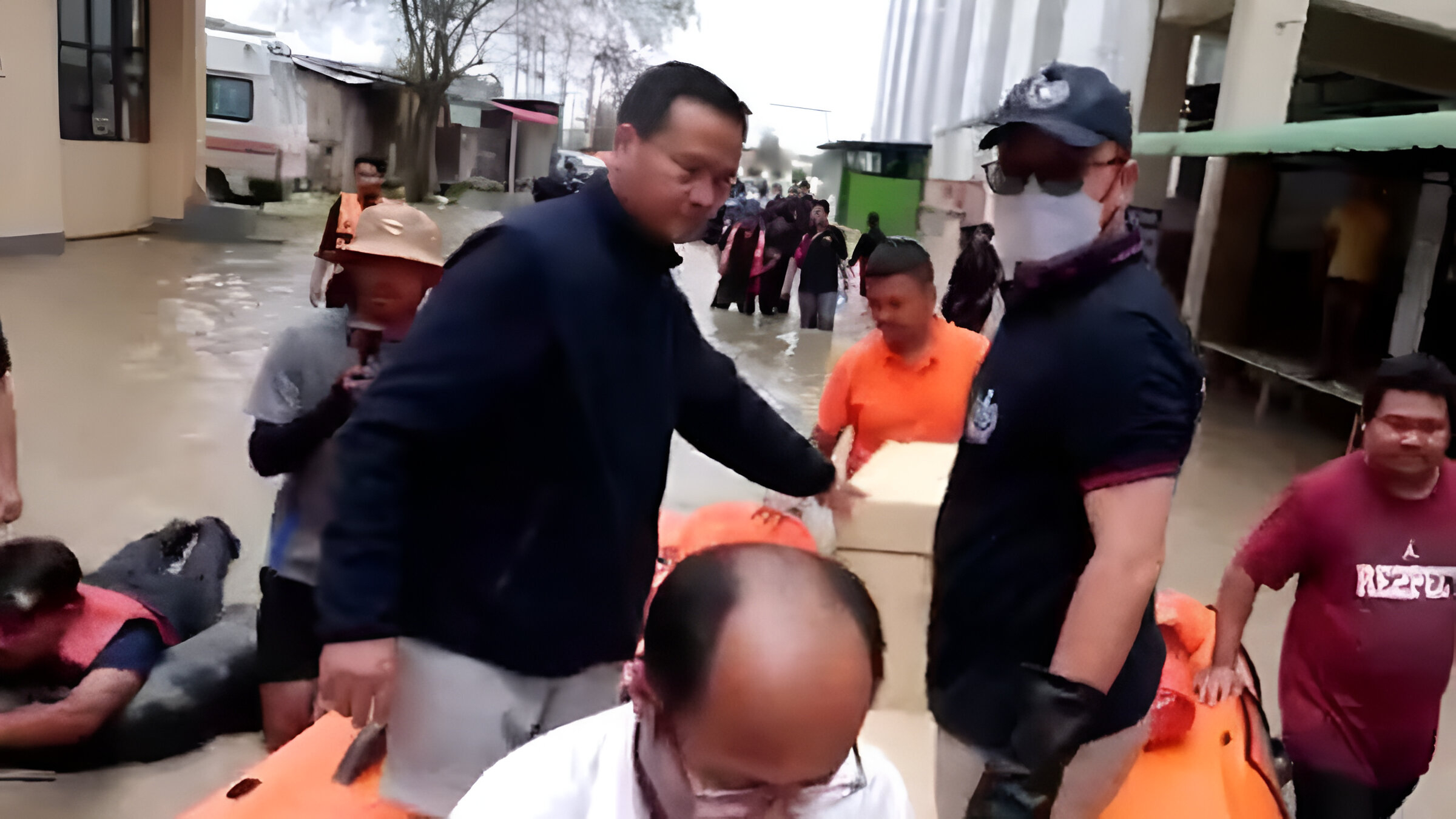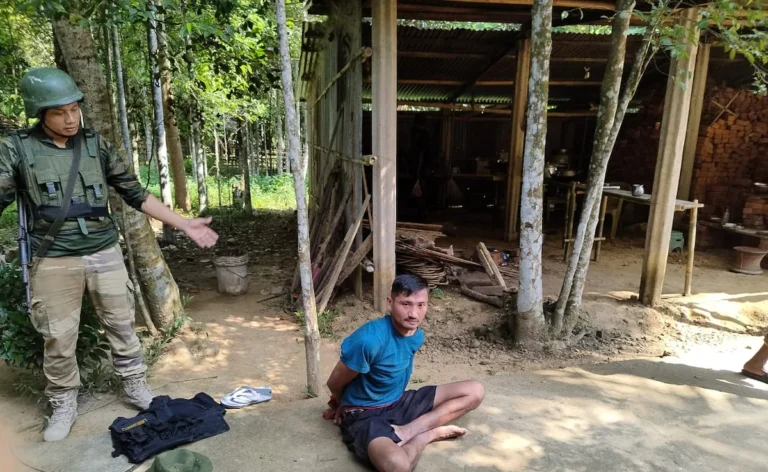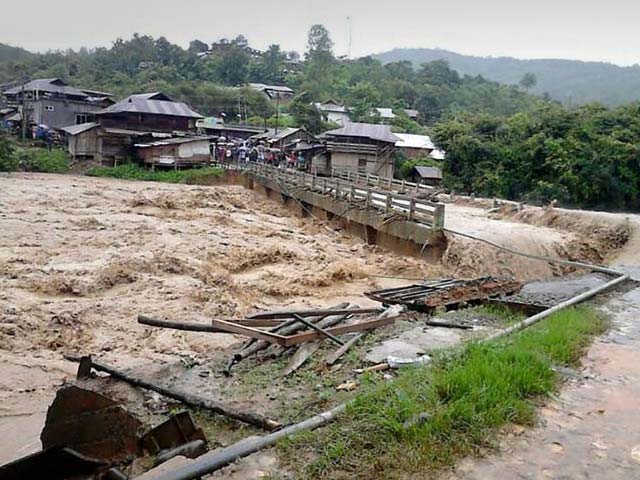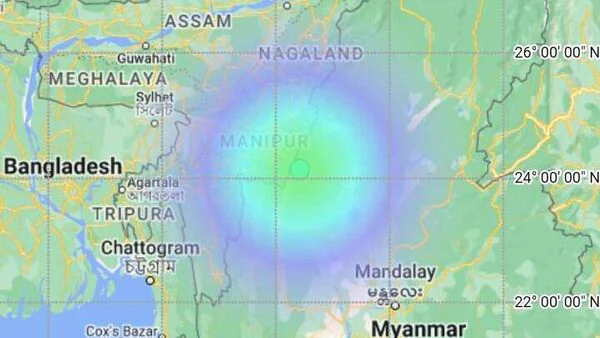Manipur Flood Crisis: JNIMS Hospital Evacuated Amid Rising Waters
Quick Summary
Amid relentless rainfall and severe flooding in Manipur, the Jawaharlal Nehru Institute of Medical Sciences (JNIMS) in Imphal East faced significant challenges. Floodwaters inundated the hospital premises, leading to the urgent evacuation of all patients and medical staff to nearby facilities. The hospital’s blood centre, operating on generator backup, managed to transfer 400 units of blood to the Regional Institute of Medical Sciences (RIMS) for temporary storage. Rescue operations were conducted by the Manipur Fire Service, Indian Army, NDRF, and SDRF, ensuring the safe relocation of patients, staff, and essential medical equipment.
The Flood’s Impact on JNIMS Hospital
Hospital Operations Disrupted
The continuous downpour led to severe waterlogging in the JNIMS campus, disrupting emergency services and halting routine medical operations. Over 100 patients had to be urgently shifted to other medical facilities or safer locations as floodwaters entered the hospital premises.
Blood Supplies at Risk
The hospital’s blood centre, the only unit remaining functional, faced challenges due to power outages. Operating on generator backup, the centre managed to transfer 400 units of blood to RIMS for temporary storage, ensuring the preservation of vital blood supplies.
Emergency Response and Evacuation Efforts
Collaborative Rescue Operations
Rescue teams from the Manipur Fire Service, Indian Army, NDRF, and SDRF worked tirelessly to evacuate patients, medical staff, and students from the flooded hospital. They ensured the safe relocation of vital medical equipment and blood supplies.
Transfer to Nearby Facilities
Patients and medical staff were safely evacuated to nearby hospitals in Imphal. The coordinated efforts ensured that critical medical services continued despite the challenging circumstances.
FAQs
Q1: What led to the evacuation of JNIMS Hospital?
A: Continuous heavy rainfall caused severe flooding in the JNIMS campus, disrupting emergency services and necessitating the evacuation of patients and staff.
Q2: How were blood supplies managed during the crisis?
A: The hospital’s blood centre, operating on generator backup, transferred 400 units of blood to the Regional Institute of Medical Sciences (RIMS) for temporary storage.
Q3: Who were involved in the rescue operations?
A: Rescue teams from the Manipur Fire Service, Indian Army, NDRF, and SDRF collaborated to evacuate patients, staff, and essential medical equipment from the flooded hospital.
Q4: What is the broader impact of the floods in Manipur?
A: Approximately 19,811 people across 103 localities have been affected, with significant infrastructure damage reported in various parts of the state.
Q5: What measures are being taken to assist affected communities?
A: Emergency response teams have been deployed throughout the state, and relief operations are ongoing to assist affected communities and restore normalcy.





